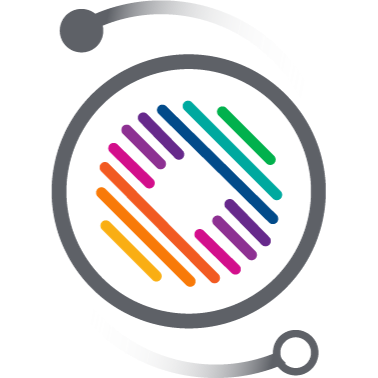IOL
Taking Advantage of Modern IOL Formulae
Free ESCRS online tool aggregates multiple formulae to streamline power calculation. Cheryl Guttman Krader reports from Chicago.

Cheryl Guttman Krader
Published: Wednesday, November 2, 2022
The ESCRS IOL Calculator is a new online tool that allows cataract surgeons to access results from multiple modern IOL formulae with the ease of inputting the necessary data one time into a single entry form.
Introduced early in September 2022 at the 40th Congress of the ESCRS in Milan, Italy, this “internet way” of performing IOL calculations is available at iolcalculator.escrs.org. It currently includes seven formulae for standard non-toric IOL power calculations. Two more formulae will join, said Oliver Findl MD, and new calculators for toric IOLs and use in eyes with a history of corneal refractive surgery are under development.
Dr Findl described the calculator during the ESCRS Symposium session of the AAO 2022 Refractive Subspecialty Day meeting.
He prefaced his talk by telling attendees it would contain information they could use immediately on their return home.
“Power calculation is key for good outcomes—particularly for the presbyopia-correcting IOLs—and we know that ray tracing, newer vergence formulae, and especially artificial intelligence-based formulae have been enhancing refractive outcomes. However, a lot of these formulae are not available on biometry devices. To use them and compare their results, surgeons must go online to access each formula and enter the data, which can become tedious and possibly cause errors.”
Dr Findl said the idea for the ESCRS IOL Calculator was proposed to the ESCRS leadership by Dante Louis Buonsanti MD, a young Argentinian ophthalmologist. Leadership then organised an ESCRS IOL Calculator Team, which developed the online tool in just a few months.
Using web scraping technology, the calculator sends entered data to the respective website for each formula. The returned results display on the ESCRS IOL Calculator website as a single page, making comparison easy. Surgeons can also choose to print a hard copy of the data. No inputted data are stored or collected.
To use the calculator, surgeons enter their name, patient identifying information, and the target refraction. They choose an index of refraction from a list of five, along with the desired IOL and its manufacturer. The online form has fields for entering biometry data for the left and right eyes, including axial length, K1, K2, anterior chamber depth, lens thickness, central corneal thickness, and corneal diameter (white-to-white). Values used for A-constants continuously update through a link with the IOLCon database.
Dr Findl noted in an example that there can be a disparity in the IOL power recommended by the different formulae. “Surgeons may still need to make a decision about which power to choose,” Dr Findl said.
The formulae included in the ESCRS online calculator are the Barrett Universal II, a modern theoretical optics formula; Cooke K6, a modern thin lens formula; EVO, a thick lens formula based on the theory of emmetropisation; Hill-RBF, an artificial intelligence formula using pattern recognition; Hoffer® QST, an evolution of the Hoffer Q formula improved by artificial intelligence; Kane formula, a formula combining artificial intelligence with theoretical optics; and PEARL-DGS, a formula based on thick lens equations and machine learning models.
Oliver Findl MD, MBA is the President of the ESCRS and founder and chair, Vienna Institute for Research in Ocular Surgery, Vienna, Austria. oliver@findl.at

Latest Articles
Towards a Unified IOL Classification
The new IOL functional classification needs a strong and unified effort from surgeons, societies, and industry.
The 5 Ws of Post-Presbyopic IOL Enhancement
Fine-tuning refractive outcomes to meet patient expectations.
AI Shows Promise for Meibography Grading
Study demonstrates accuracy in detecting abnormalities and subtle changes in meibomian glands.
Are There Differences Between Male and Female Eyes?
TOGA Session panel underlined the need for more studies on gender differences.
Simulating Laser Vision Correction Outcomes
Individualised planning models could reduce ectasia risk and improve outcomes.
Need to Know: Aberrations, Aberrometry, and Aberropia
Understanding the nomenclature and techniques.
When Is It Time to Remove a Phakic IOL?
Close monitoring of endothelial cell loss in phakic IOL patients and timely explantation may avoid surgical complications.
Delivering Uncompromising Cataract Care
Expert panel considers tips and tricks for cataracts and compromised corneas.
Organising for Success
Professional and personal goals drive practice ownership and operational choices.